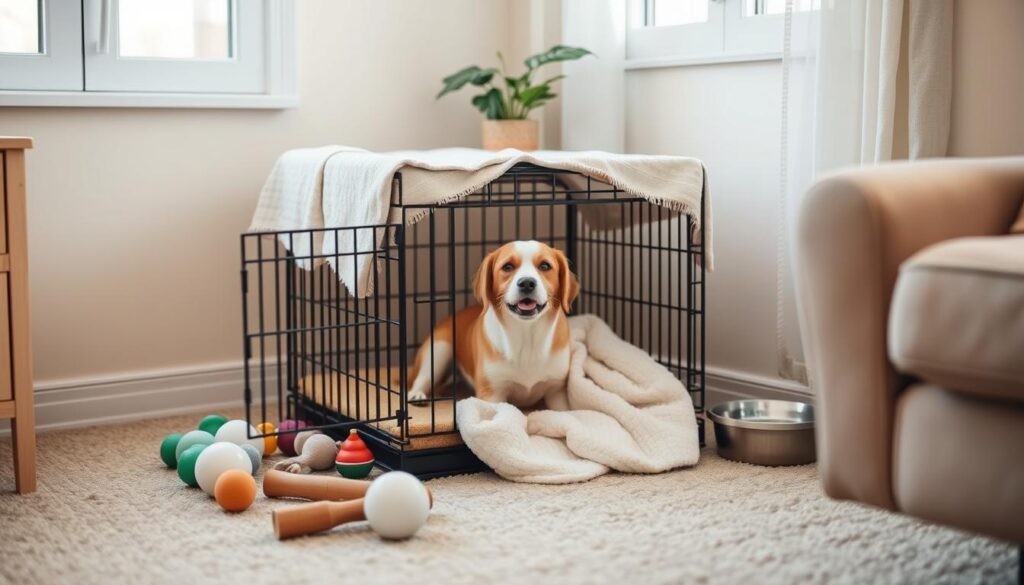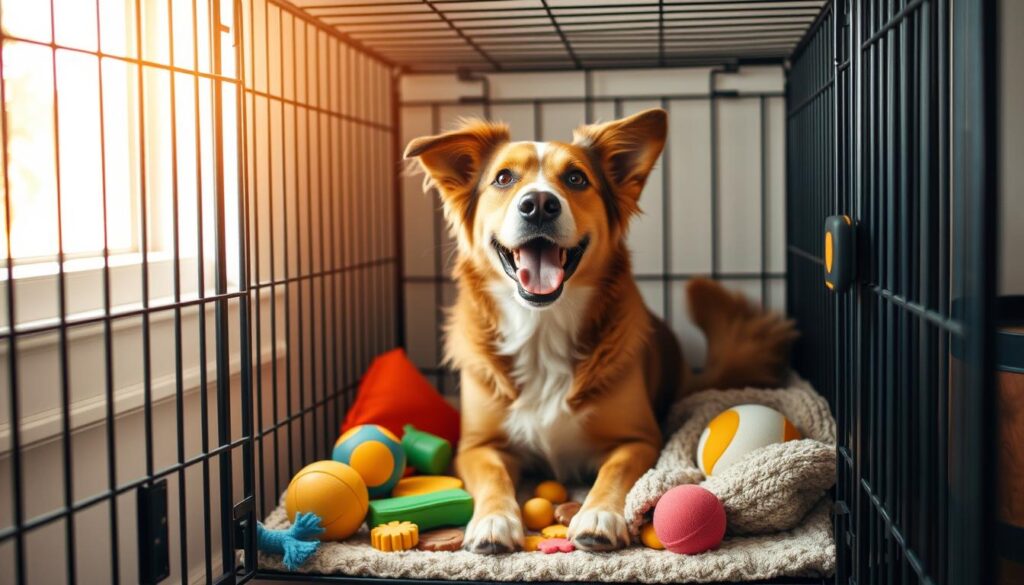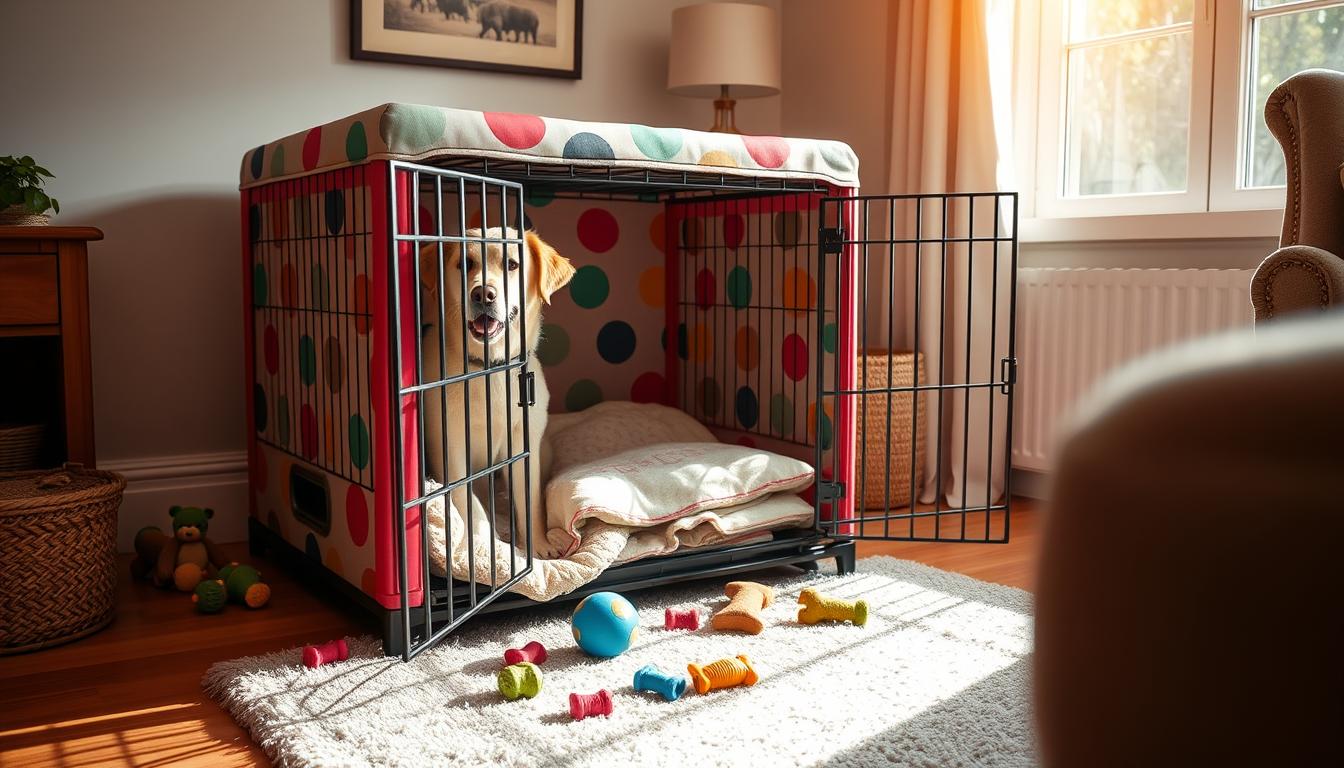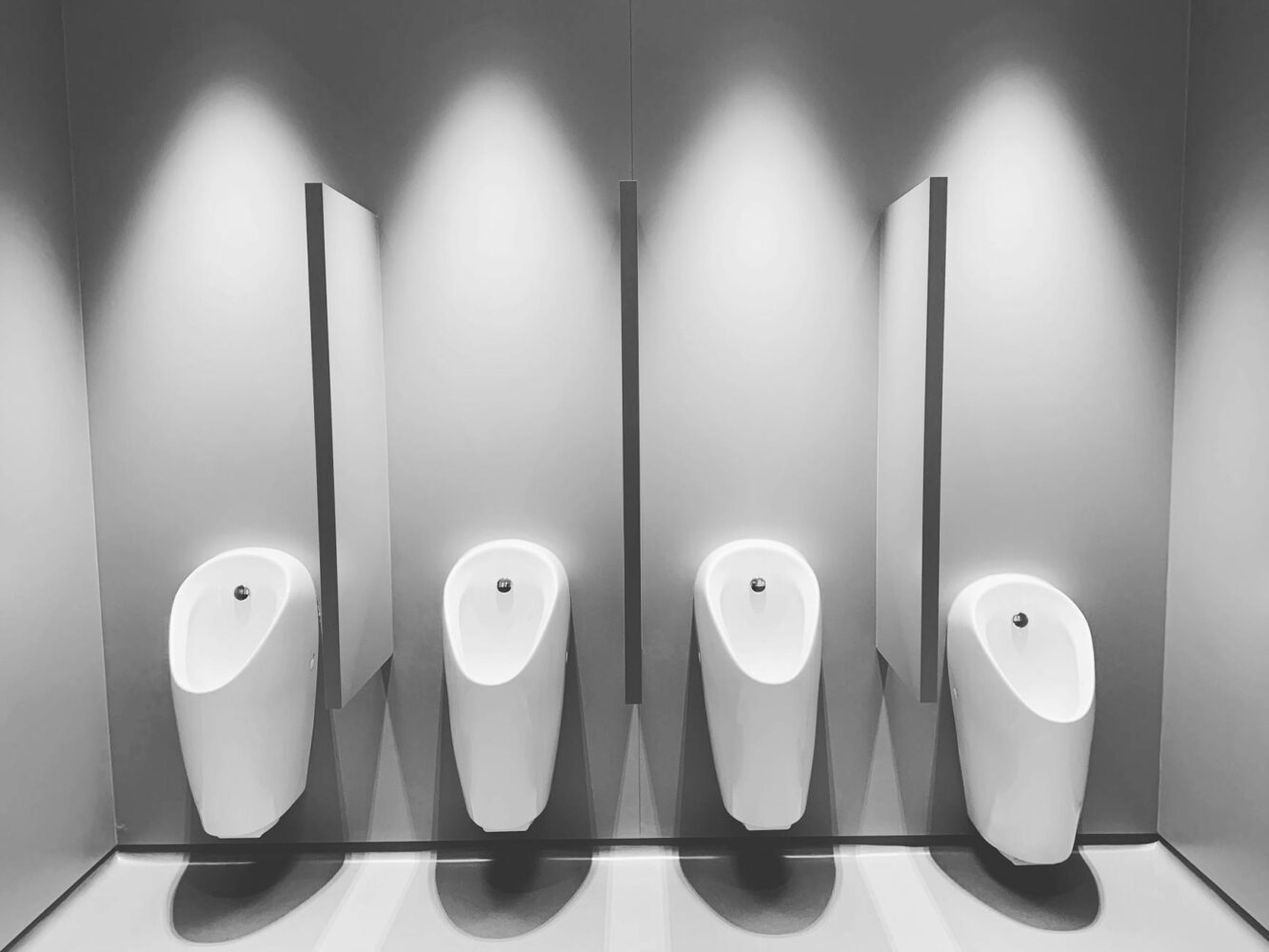Imagine bringing home a new puppy. The excitement is high, but your home turns into chaos. Your puppy chews, barks, and has accidents everywhere. This is when crate training comes in.
It makes your home peaceful again. Crate training 101 shows you how to make a safe space for your dog. It helps them know where they belong and follow a good routine.
This guide will teach you how to train your dog fast. You and your dog will become close friends.
Key Takeaways
- Crate training can create a safe and secure environment for your dog.
- Understanding your dog’s instincts is crucial for effective training.
- A well-structured crate can significantly enhance your dog’s routine.
- Quick dog training methods focus on positive reinforcement.
- Establishing a consistent routine promotes success in crate training.
- Gradual introductions help your dog feel comfortable in their crate.
The Importance of Crate Training
Learning about crate training is key for good dog training. It matches your dog’s natural ways and gives them a safe, cozy spot. A crate is like a den, meeting their need for privacy and comfort.
Understanding Your Dog’s Denning Instinct
Dogs love to be in safe, enclosed places. This is because they are den animals. A crate is their safe spot, where they can relax when feeling stressed or scared.
Benefits of Crate Training
Crate training has many good points for your dog and for you. Some of these benefits are:
- Helping with housebreaking, teaching your dog where to go to the bathroom.
- Stopping bad behavior by giving a safe place for your dog to be without breaking things.
- Making travel easier, as a crate is a comfort for your dog on trips.
- Creating a special space for your dog, helping them feel at home and relaxed.
By focusing on crate training, you help your dog feel more at home. It makes living together easier, whether in a new home or on trips. This strengthens your bond with your dog.
Crate Training 101: A Simple Guide to Training Your Dog Quickly
Learning how to crate train your dog is key for their happiness. The right size and setup of the crate matter a lot. These tips will make your dog love their crate.
Choosing the Right Crate Size
Choosing the right crate size is very important. It should be big enough for your dog to move around. If it’s too big, your dog might go to the bathroom in it.
Measure your dog from nose to tail to find the perfect size. This will help you pick the right crate.
Setting Up a Comfortable Space
Make the crate a cozy place for your dog. Add soft bedding, blankets, and favorite toys. This makes the crate a safe and happy spot.
Start adding these things slowly. It helps your dog get used to the crate. This is a big part of crate training 101.

Effective Dog Training Techniques
Effective dog training techniques make crate training better. Two key methods are positive reinforcement and a reward system. These help your dog feel safe and want to learn.
Positive Reinforcement Training
Positive reinforcement training rewards good behavior. You give treats, praise, or playtime for the right actions. This builds trust and a strong bond with your dog.
As your dog learns, they see good behavior as fun. This makes training sessions positive. It helps them adjust to crate training better.
Creating a Reward System
It’s important to create a reward system that your dog likes. Different dogs like different things. For good training, try:
- Treats: Find high-value treats that excite your dog.
- Toys: Use their favorite toys as motivation.
- Attention: Provide extra love and playtime when they succeed.
Give rewards right away when your dog goes into the crate. Using rewards and positive training together helps your dog understand what you want. This makes crate training easier.

Crate Training Tips for Success
Training your dog to use a crate is easier with a few key tips. Dogs like routine, so make sure to have one. Set times for meals, bathroom breaks, and crate time.
This helps your dog feel safe and know what to expect. It makes crate time a normal part of their day.
Establishing a Routine
Start by making a routine for your dog. Encourage them to go into the crate at the same times every day. This shows them it’s a special place for rest.
Being consistent helps your dog feel secure. It makes them enjoy being in the crate more.
Short and Gradual Introductions
Introduce your dog to the crate slowly. Let them explore it with the door open first. Use treats and praise to make it fun.
Once they’re comfortable, start closing the door for short times. This helps them feel safe and builds trust.
Understanding Your Dog’s Behavior
It’s important to understand how your dog feels during crate training. Look for signs of stress like whining or pacing. If you see these signs, slow down.
Fixing any issues quickly is key. It helps your dog not to hate the crate. A positive experience leads to success in crate training.













